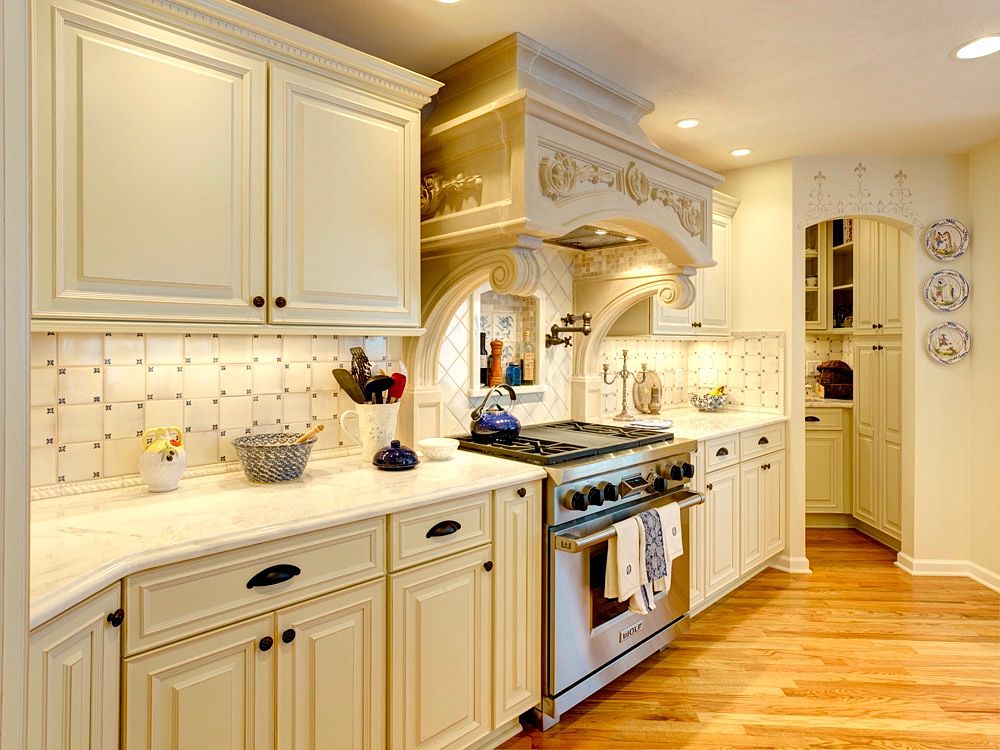
Tile is one of the most important design elements in a kitchen remodeling project because of its function and the aesthetic appeal it gives to the room. If you are planning to remodel your kitchen, here are four things to know about selecting and installing tile:
Kitchen tile design and installation is not an easy project. Tile installation requires a design plan, careful measurement, proper surface preparation, specialized tools to cut and install the tile, and knowledge of the proper adhesives and grout to assure that the work is done properly. Uneven and irregular shaped areas are especially tricky for tile installation. Professionals who install tile every day are knowledgeable about layout options, materials and have the proper tools for installation.
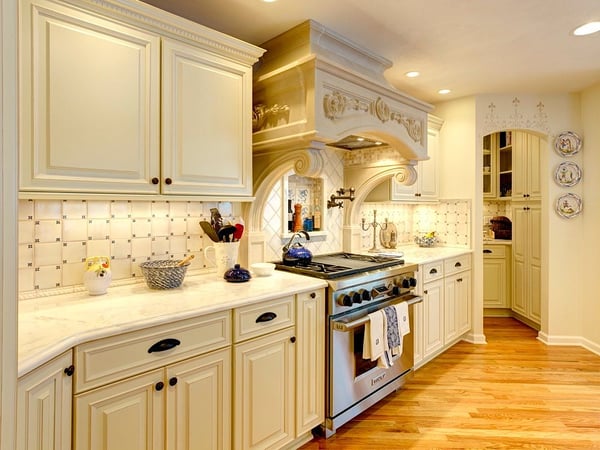
Over the past five years the Internet has revolutionized the way we select products for our homes and the way we collect design ideas. It’s easy to create a digital file of ideas for your project. Many home décor sources have photos you can save to share with your kitchen design professional. If you visit a showroom, take photos of products that appeal to you. You may want to check out our photo gallery to view backsplash tile patterns we have installed in Central New York kitchens.
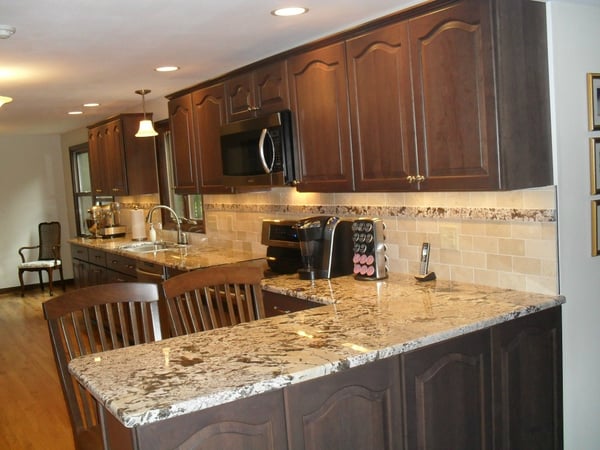
There are many tile options and design layouts that can define and add style to a kitchen. Our Project Consultants recognize this and work with our customers to help select the best tile products to match and accent other elements in the room. Tile can be a focal point in a kitchen and it’s always important to consider these three things:
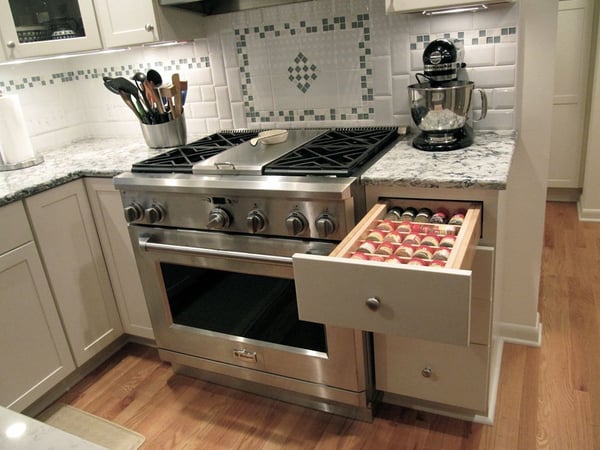
A backsplash, wall or floor tile will often require finish pieces such as edging, cove tile and other border options. Finish pieces can add interest to a tile design.
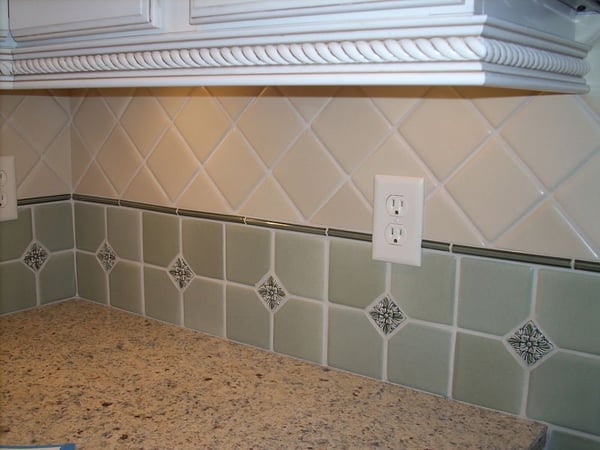
When selecting tile for a kitchen look for products that will stand up to splatters that occur when cooking, preparing food or during cleanup. Keep in mind that larger tile uses less grout and have a larger surface that makes it easier to clean.
Once you’ve found the perfect tile for your project, you will need to select the grout. Grout comes in a variety of colors. Look at tile boards in a tile showroom for examples of grout to pair with the tile you’ve selected.
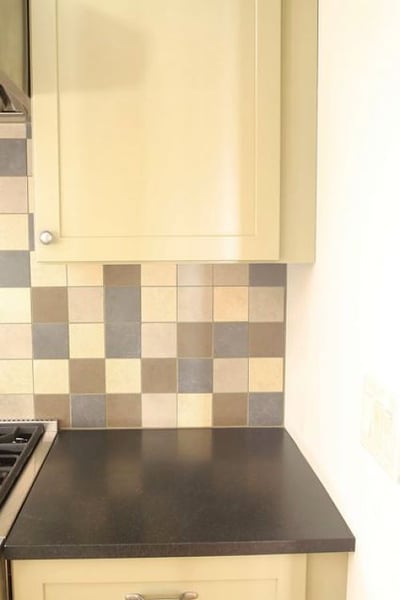
Editor's note: This post was originally published on June 13, 2012 and has been updated to provide new or additional information.